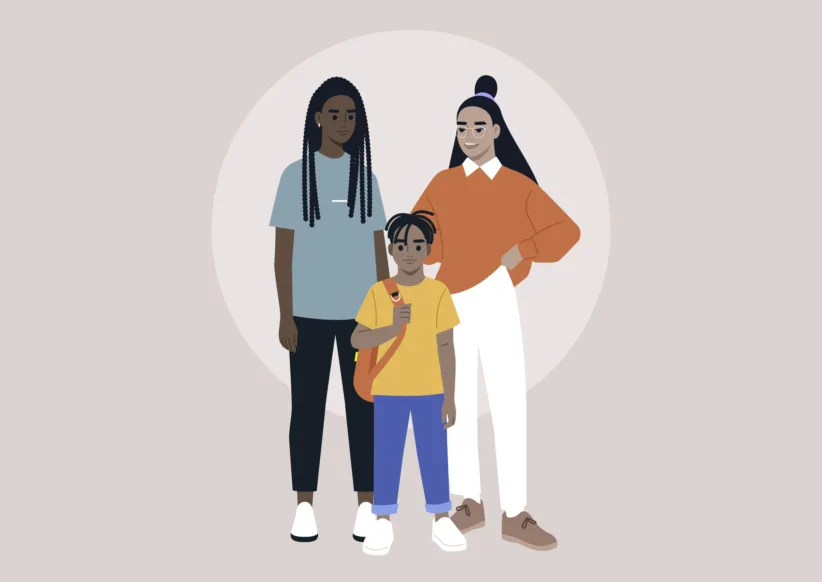If you think your child has a learning disability, it may help to know that it’s more common than most people think — it affects more than 3 million children between the ages of 6 and 21.
It may be so slight as to be unrecognized, yet so disruptive in a child’s life that he can’t function as a typical child should. In addition, it’s usually unrecognized by his parents and other family members who smile at his little “quirks.” It’s only when he’s in school that his difficulties surface, and his teacher sees his abilities to spell, write or understand instructions are developmentally delayed.
You can look at your right-handed child who has broken his right arm and know immediately that he has limited ability to function fully and normally.
But a child with a learning disability is different. There’s no obvious physical or mental problem that signals something is wrong, however, there are certain signposts that give a clue that there might be something going on that needs attention. For example, he has trouble with:
• Reading. He has difficulty reading and doesn’t understand what he has read.
• Organization. He doesn’t understand instructions or know how to organize his room, clothes, thoughts or spoken words.
• Basic principles. He doesn’t understand simple math.
Learning disabilities create their own kind of stress in children that most of us can’t relate to. The inability to comprehend or write what is expected is frustrating for a child who knows he has a problem but doesn’t know what it is. His condition may not be diagnosed and his apparent lack of interest or effort is attributed to being lazy, stubborn, stupid or uncooperative.
A child who can’t read or write is ridiculed by his peers. He lives in a state of fear that he will be called on to perform in class. To divert the teacher, he may begin to act up — first by simply resting his head on the desk; then spinning his pencil; flipping through a book; drawing pictures; whispering; slouching at his desk; creating a disturbance by dropping books and pens on the floor; and in general, creating havoc. The attention and amusement of his classmates may be mistaken for approval, which encourages him to continue his performance.
This is similar to a child with ADD. The big difference is that an ADD kid is bored and wants much more than the teacher can give him, so he plays the class clown, while a kid with a learning disability really wants to learn, participate and keep up with the other kids but isn’t able to.
If we put ourselves in the place of a bright, energetic, perfectly normal young child who is ashamed because he can’t keep up with his peers, we would better understand why he is having so much trouble in school.
Teachers, who are able to identify a learning disability, may suggest a professional who specializes in the testing and treatment of this increasingly common condition. Support groups provide parents with current information about learning disabilities, as well as comfort and reassurance.
Many children with learning disabilities have vision problems and may not realize that the printed words seem to rapidly move up and down on the page. It’s no wonder this child has trouble reading. A trip to a developmental optometrist will determine if your child has this problem, and she will determine the best way of correcting it.
These doctors are specialists in learning disabilities and are able to correct this problem with colored lenses. Inquiries to optometrists, the Optometric Association in your state, or a search on the Internet will probably provide names and phone numbers of vision specialists who are familiar with this condition.
There’s no cure for a learning disability. However, if therapy is started as soon as the problem is discovered, and teachers are aware of his limitations, a child’s sense of worth is strengthened, and he is more willing to face the challenges of the classroom. And when he overcomes some of his fears, he gains the respect of other students, and it becomes a cycle of effort-respect-success-respect-effort-success.
Janet Tubbs is an educational consultant who has worked with children both with and without disabilities for more than 30 years. She is the author of seven books, including “Creative Therapies for Children with Autism, Asperger’s and ADD.” She is the mother of four children and grandmother of eight.





















